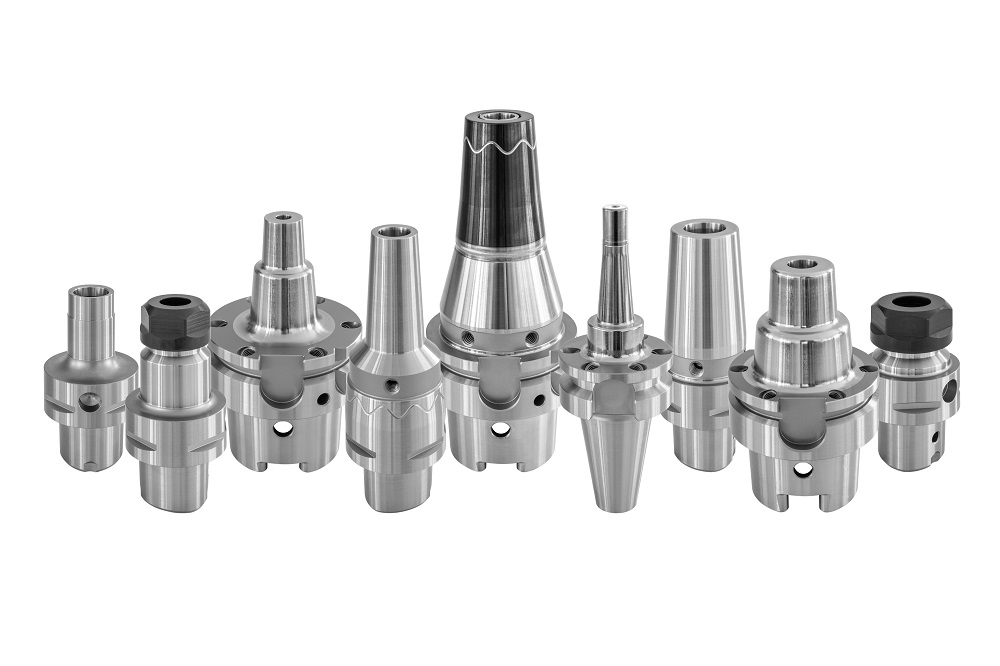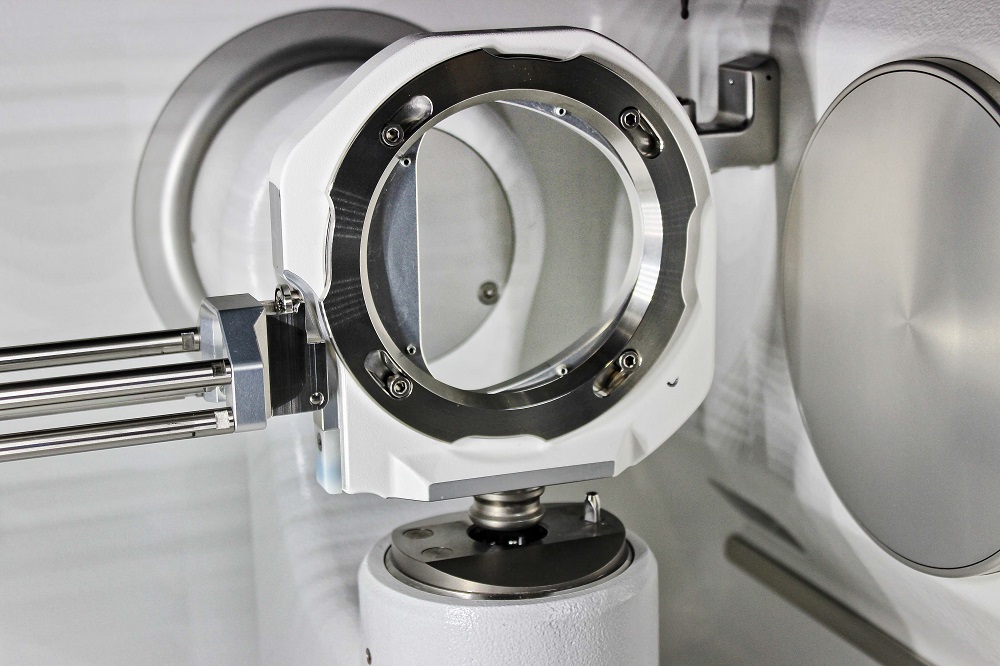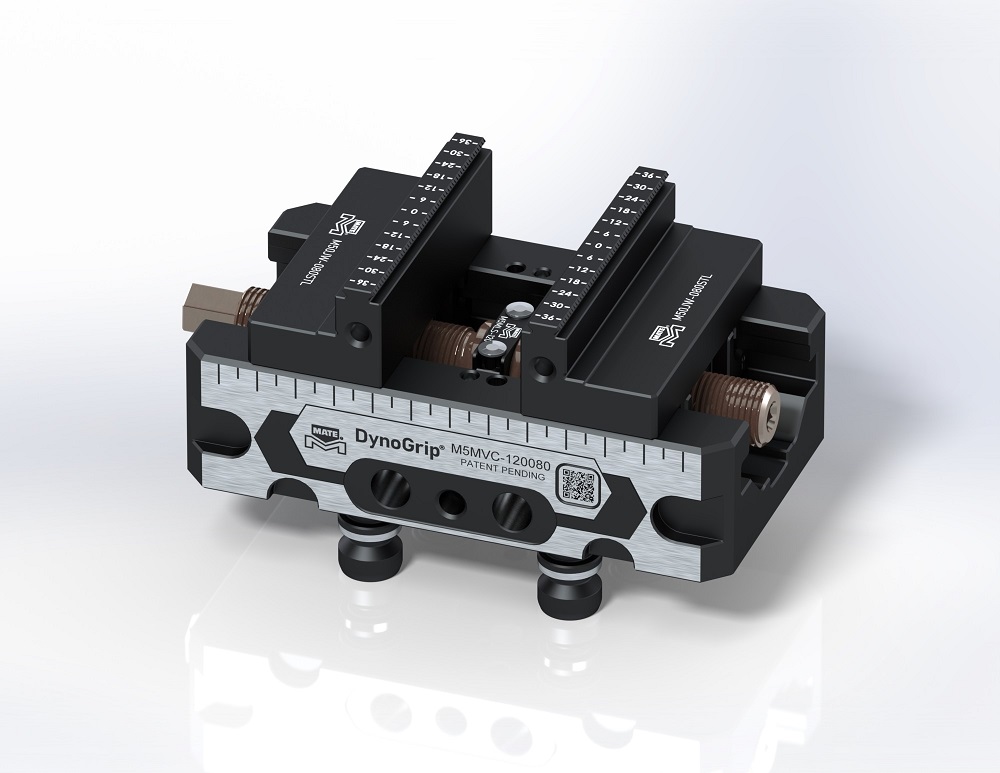At September’s EMO 2023 exhibition in Hanover, Haimer presented a variety of innovations in the area of tool clamping technology: from the Micro Collet Chuck and the High-Performance Chuck, to the world premiere of the company’s Hybrid Chuck technology. There were also new software versions for Haimer shrink fit, balancing and pre-setting machines, enabling smooth data exchange among each other, and with machine tools and automation. The highlight at the booth: an impressiveautomation cell for tool set-up, including an automated guided vehicle to and from the machine tool.
As a world premiere, the Haimer Hybrid Chuck features new and patented technology that combines the advantages of two clamping worlds: the vibration-damping properties of a hydraulic chuck with those of a high-precision, high-performance shrink-fit chuck.
The new Micro Collet Chuck, which also made its debut at EMO, is suitable for shank diameters from 1 mm and meets customerrequirement for maximum runout accuracy with simple handling.
Moving forward, all Haimer shrink-fit, balancing and pre-setting machines will receive a new software version that includes a bidirectional interface for connection to the new Haimer Tool Room Manager (TRM). This new software monitors the online status of all devices in the tool room, documents the processes and monitors compliance with the specified tolerances. An optional OPC-UA interface, client or MQTT Connect interface standardises access to machines, devices and other systems, and enables manufacturer-independent data exchange.
On the Haimer Tool Dynamic balancing machine, the new software also opens the door to automatic indexing. For this purpose, a small gripper features in the new models that rotates the tool awaiting balancing. The software does the rest without any further manual intervention of the operator.
For further information www.haimer.com



















